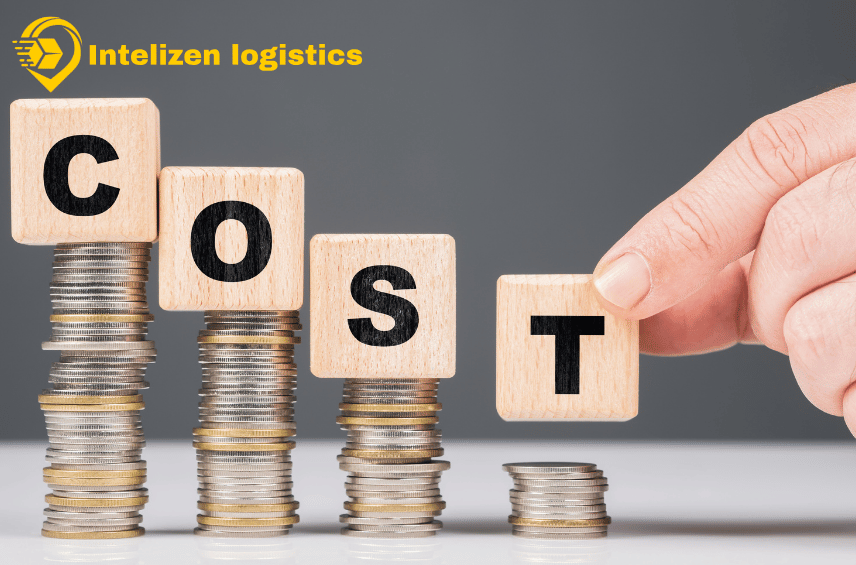Every business depends on smooth logistics to keep operations cost-effective and customers satisfied. Yet, many companies unknowingly lose money due to hidden inefficiencies in their supply chains. These hidden losses are better known as cost leaks in logistics. If left unchecked, they can silently eat into your profits and make your business less competitive.
This article breaks down where these cost leaks happen, how to spot them, and the steps you can take through logistics auditing and supply chain optimization to fix them for good.
What Are Cost Leaks in Logistics?
Cost leaks in logistics refer to hidden or unnoticed expenses that drain money from your supply chain. Unlike obvious costs such as fuel or labor, leaks are subtle, often buried under poor planning, inefficient processes, or outdated systems.
Examples include:
- Paying too much for last-mile delivery.
- Excessive warehouse handling costs.
- Inefficient freight routing.
- Poor visibility of inventory levels.
These leaks accumulate over time, creating significant financial losses that could otherwise be reinvested into growth.
Why Cost Leaks in Logistics Matter
Every rupee or dollar saved in logistics goes directly to the bottom line. For businesses operating in highly competitive markets, small leaks can be the difference between profit and loss.
More importantly, fixing cost leaks in logistics doesn’t just save money it improves delivery speed, customer satisfaction, and overall supply chain resilience.
Common Areas Where cost leaks in Logistics Occur
1. Transportation Inefficiencies
Unoptimized routes, underutilized trucks, and reliance on expensive carriers all contribute to rising costs. Without proper monitoring, businesses often pay more for transportation than necessary.
2. Poor Inventory Management
Excess inventory leads to high storage costs, while stockouts result in emergency shipments and unhappy customers. This imbalance is a classic source of cost leaks in logistics.
3. Warehouse Operations
Slow picking, manual processes, and lack of automation create bottlenecks. Over time, these inefficiencies drain money from daily operations.
4. Vendor and Carrier Contracts
Many businesses fail to renegotiate contracts or benchmark rates. Sticking with outdated terms often leads to overspending.
5. Lack of Visibility
Without real-time data, companies cannot identify where money is leaking. Blind spots in the supply chain mean issues go unnoticed until they become too costly.
How Logistics Auditing Helps
One of the most effective ways to identify cost leaks in logistics is through logistics auditing. This process involves a detailed review of all logistics activities, including transportation, warehousing, and inventory.
Benefits of logistics auditing:
- Spot hidden charges in carrier invoices.
- Benchmark costs against industry standards.
- Identify redundant processes.
- Highlight opportunities for automation.
By conducting regular audits, companies gain a clear picture of where money is being wasted and can create targeted strategies to address it.
Supply Chain Optimization: Fixing the Leaks
Once cost leaks are identified, the next step is supply chain optimization. This is about redesigning processes to make them leaner, faster, and more cost-efficient.
Key strategies include:
- Route Optimization: Using technology to plan efficient transport routes.
- Inventory Balancing: Maintaining just the right stock levels.
- Process Automation: Reducing manual errors and saving time.
- Data Integration: Leveraging real-time analytics for smarter decisions.
- Contract Management: Regularly reviewing supplier and carrier agreements.
When done correctly, supply chain optimization not only fixes cost leaks in logistics but also builds resilience against future disruptions.
Building a Leak-Free Supply Chain
Eliminating cost leaks in logistics requires consistent effort. A one-time fix won’t work; businesses must regularly monitor operations and embrace continuous improvement. By combining logistics auditing with supply chain optimization, companies can achieve both immediate savings and long-term efficiency.
Ultimately, plugging these leaks is about more than cost savings. It’s about creating a stronger, more competitive supply chain that delivers better service and drives growth.
Conclusion
Cost leaks in logistics are often invisible, but their impact on profitability is very real. Left unchecked, they can erode margins, slow down operations, and damage customer trust. The good news is that these leaks can be identified and fixed with the right approach.
By investing in logistics auditing to uncover hidden inefficiencies and embracing supply chain optimization to streamline processes, businesses can protect themselves from unnecessary losses. The result is not just reduced costs but also a more agile, efficient, and customer-focused supply chain.
In today’s competitive landscape, eliminating cost leaks in logistics is not an option it’s a necessity for long-term success.
Explore more on cost leaks in logistics – visit our home.
FAQs
1. What are cost leaks in logistics?
Cost leaks in logistics are hidden expenses caused by inefficiencies like poor routing, overstocking, or outdated contracts. They quietly reduce profitability over time.
2. How can logistics auditing help my business?
Logistics auditing reviews processes, invoices, and contracts to identify hidden costs. It ensures transparency and highlights opportunities to save money.
3. What role does supply chain optimization play in reducing leaks?
Supply chain optimization improves efficiency by balancing inventory, automating processes, and streamlining transportation—helping fix cost leaks in logistics permanently
4. How often should I conduct a logistics audit?
Experts recommend conducting a logistics audit annually, though fast-growing businesses may benefit from more frequent reviews to catch cost leaks early.
5. Does Logistics provide support for fixing cost leaks in logistics?
Yes, Logistics offers specialized solutions in logistics auditing and supply chain optimization to help businesses identify and eliminate hidden expenses





